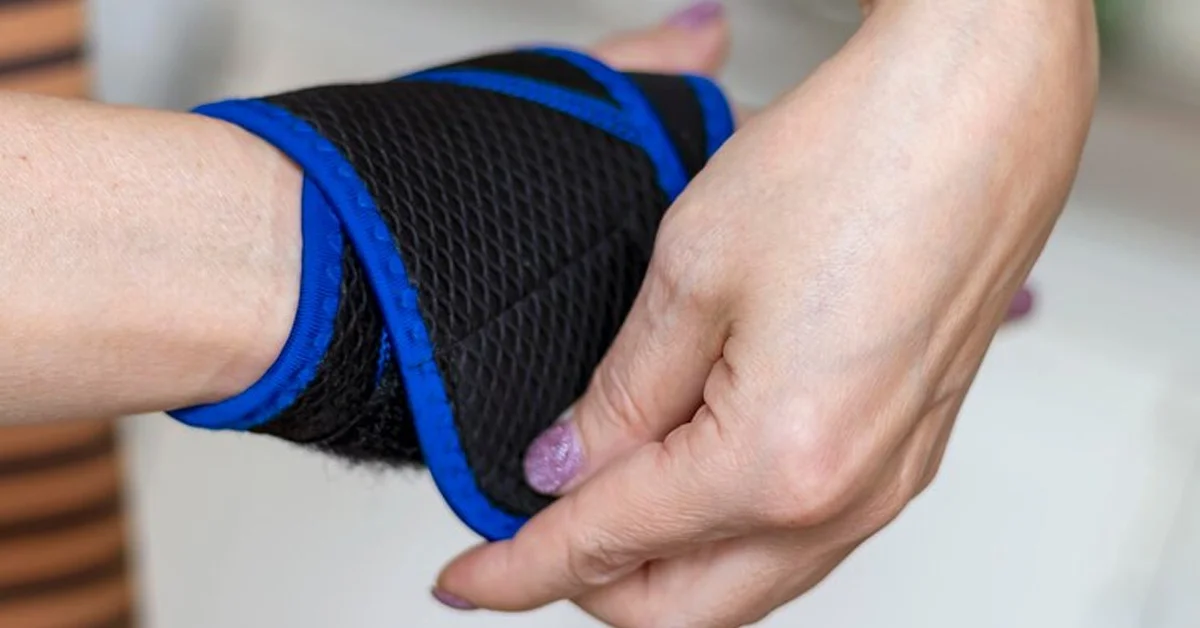Forearm splints are a common yet often misunderstood condition that affects many athletes, fitness enthusiasts, and even individuals performing repetitive tasks. While they can cause significant discomfort, understanding their causes, symptoms, and effective treatment options can help manage and prevent further injury.
TRENDING
Chair Dipping Exercise: Effective Upper Body Strength Workout
What Are Forearm Splints?
Forearm splints’s refer to pain and inflammation in the muscles and tendons of the forearm, often due to overuse or repetitive stress. Similar to shin splints in the legs, forearm splints’s typically result from strain on the forearm’s muscle attachments, leading to microtears and irritation.
The condition commonly impacts those who engage in activities involving repetitive wrist and forearm movements such as weightlifting, racket sports, typing, or manual labor.
Causes Of Forearm Splints
Understanding what causes forearm splints’s is key to effective treatment and prevention. The primary causes include:
Repetitive Overuse
Repeated wrist and forearm motions cause muscle fatigue and microtrauma to tendons and connective tissues. Activities like tennis, golf, rock climbing, or heavy weightlifting frequently lead to overuse injuries.
Poor Technique or Equipment
Using improper technique during exercise or sports can increase strain on the forearm muscles. Additionally, incorrect grip or poorly fitted equipment can exacerbate stress.
Muscle Imbalance
Weakness or imbalance in forearm muscles may cause certain muscle groups to overcompensate, resulting in excessive strain and inflammation.
Sudden Increase in Activity
Jumping into intense physical activity without adequate conditioning or warm-up may overload forearm muscles, leading to splints.
Inadequate Recovery
Failing to allow proper rest between workouts or activities causes cumulative damage, preventing muscles and tendons from healing.
Symptoms Of Forearm Splints
Recognizing symptoms early can help you take prompt action and avoid worsening the injury.
Forearm Pain
The hallmark symptom is a dull, aching pain on the forearm, often localized along the inner or outer aspect. Pain worsens with activity and improves with rest.
Tenderness and Swelling
Tenderness when pressing the affected area and mild swelling may be present due to inflammation.
Weakness or Stiffness
You may notice reduced grip strength, stiffness in the wrist or forearm, and difficulty performing routine motions.
Burning or Tingling Sensation
In some cases, nerve irritation from swelling can cause tingling, numbness, or burning sensations radiating from the forearm to the fingers.
Diagnosing Forearm Splints
A healthcare professional usually diagnoses forearm splints’s based on:
Medical history and description of symptoms
Physical examination including palpation and range of motion tests
Sometimes imaging tests like X-rays or MRI to rule out fractures or other injuries
Effective Treatment Options For Forearm Splints
Treating forearm splints’s effectively requires a combination of rest, rehabilitation, and lifestyle modifications. Below are the most effective approaches:
Rest and Activity Modification
Reducing or temporarily stopping activities that exacerbate the pain allows inflamed tissues to heal. Avoid heavy lifting, repetitive wrist movements, and any high-impact activities until symptoms improve.
Ice Therapy
Applying ice packs to the affected area for 15-20 minutes every 2-3 hours helps reduce inflammation and numb pain.
Compression and Elevation
Using compression sleeves or wraps can minimize swelling, while elevating the arm helps reduce fluid accumulation.
Pain Relief Medications
Over-the-counter NSAIDs like ibuprofen or naproxen can reduce pain and inflammation, but should be used as directed and not relied upon long term.
Physical Therapy and Stretching
A tailored physical therapy program focusing on stretching and strengthening the forearm muscles promotes healing and prevents recurrence. Techniques include:
Wrist flexor and extensor stretches
Forearm strengthening exercises with resistance bands or light weights
Manual therapy and massage
Correcting Technique and Ergonomics
Improving sports or exercise technique under the guidance of a coach or therapist, and using ergonomic tools and equipment, reduces undue forearm strain.
Gradual Return to Activity
Once symptoms subside, gradually increase activity intensity and duration to rebuild strength and endurance safely.
Preventing Forearm Splints
Prevention is always better than cure. Here are practical tips to avoid forearm splints:
Warm up thoroughly before exercise or repetitive activities
Incorporate forearm strengthening and flexibility exercises into your routine
Use proper technique and ergonomic tools or grips
Avoid sudden spikes in training intensity or duration
Take regular breaks during repetitive tasks
Listen to your body and rest if you feel pain or fatigue
When To See A Doctor
If forearm pain persists beyond two weeks despite rest and self-care, worsens significantly, or is accompanied by numbness, severe weakness, or swelling, seek medical evaluation. Early intervention can prevent complications like tendon tears or chronic inflammation.
Conclusion
Forearm splints can be painful and frustrating but are highly manageable with the right approach. Recognizing the causes and symptoms early, adopting effective treatments like rest, ice, physical therapy, and correcting technique, can bring relief and prevent long-term damage. Taking preventive measures and listening to your body are crucial for maintaining healthy, pain-free forearms.
ALSO READ: Elevate Your Look: Expert Cils Lifting For Stunning Lashes
FAQs
What is forearm splints?
Forearm splints refer to pain and inflammation caused by overuse or strain of the muscles and tendons in the forearm. It is similar to shin splints but affects the forearm due to repetitive stress.
How long does it take for forearm splints to heal?
Healing time varies depending on severity but generally ranges from a few weeks to a couple of months with proper rest and treatment.
Can forearm splints cause permanent damage?
If untreated, repetitive strain can lead to chronic tendon injuries or tears, but with early care, permanent damage is rare.
Are there any specific exercises to help forearm splints?
Yes, gentle stretching and strengthening exercises targeting wrist flexors and extensors help restore muscle balance and prevent recurrence.
Is it safe to continue exercising with forearm splints?
It’s best to avoid activities that cause pain until the injury heals. Gradually return to exercise with modified intensity and proper technique to avoid worsening.











